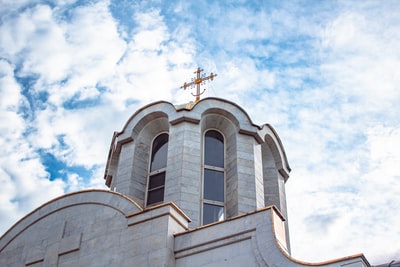Substances

The rate of a chemical reaction is dependent on:
- collision frequency
- collision energy
- activation energy
——————————————————
Collision frequency
In order for a chemical reaction to occur between two particles they need to collide. The collision frequency is the number of collisions between particles per unit time within a system. When a chemical reaction occurs it is known as a successful collision.
The collision frequency can be changed by altering the:
- concentration of reactants
- total pressure
- temperature
- size of the reacting particles
——————————————————
Collision energy

The combined energy of the particles is called the collision energy. Not all the particles which make up a system carry the same energy. Instead, there is a wide distribution of energies. How the energies are distributed depends on the system’s temperature: the higher the temperature of the system the higher the mean kinetic energy of the particles.
Molecular energy distribution at a characteristic temperature (T1) can be represented in a graph and is known as a Maxwell-Boltzmann distribution.
At a higher temperature (T2) the energy distribution will change: the mean energy will increase and the distribution widen. The higher the mean kinetic energy of the particles in a system the higher the collision energy.
——————————————————
Activation energy
The activation energy is the minimum energy required for the colliding particles in a system to react.
- If the collision energy of the particles is lower than the activation energy then the collision will be unsuccessful.
- If the collision energy of the particles is equal or greater than the activation energy then the collision will be successful.
With the addition of a catalyst it is possible to change the activation energy.
——————————————————
Speeding up reactions
Reactions can be speeded up in two ways:
- Increasing the frequency of collisions: the higher the frequency of particle collisions the faster the reaction.
- Increasing the successful collision fraction: the larger the fraction of collisions that end in a chemical reaction the faster the reaction. This fraction can be increased by increasing the collision energy or decreasing the activation energy. The successful collision fraction can be depicted graphically: it is the area located under the curve right of the activation energy divided by the whole area of the distribution curve.